Between 1995 and 2015 the scholarship on research on teaching in physical education (RTPE) exploded. Risto Marttinen and colleagues’ systematic analysis of 1,023 peer-reviewed papers charts how the field has matured, diversified, and—at times—stumbled. Below is a concise tour of their findings and why they matter.
Key takeaways
Sheer growth: Publications jumped from an average of 13 per year (19801994) to nearly 49 per year (19952015), peaking at 91 in 2015.
Methodological breadth: Quantitative studies still dominate (64 %), but qualitative (25 %) and mixed-methods (11 %) papers now make up more than a third of all RTPE work—an eightfold increase since the previous review.
Global but Western-weighted: Research came from 45 countries; the United States and United Kingdom alone produced 57 % of the literature, signaling both international reach and regional imbalance.
Effectiveness focus: 85 % of papers examined “effectiveness,” increasingly framed around physical activity outcomes rather than motor skill acquisition.
Equity emerging, but uneven: Gender and disability receive attention; race, ethnicity, and LGBTQ+ issues remain underrepresented.
Quality concerns: 17 % of studies failed to report reliability/validity or trustworthiness/credibility measures, raising red flags about methodological rigor.
What did the results reveal?
1. Publishing patterns
Articles appeared in 183 journals. Journal of Teaching in Physical Education (JTPE) led the way (216 articles), followed by European Physical Education Review and Physical Education & Sport Pedagogy. Yet 97 journals published just one RTPE paper each, illustrating both growing opportunities and a diffusion of scholarship across outlets.
2. Who—and what—gets studied?
Most investigations relied on adult participants (inservice teachers, preservice teachers, or studentteachers), partly because surveying adults avoids parental consent hurdles common in K12 research. Questionnaires were the single mostused datacollection tool (57 % of studies), while systematic observations and interviews trailed behind.
3. Methodological shifts
Compared with the 19801994 benchmark, qualitative research jumped from 9 % to 25 %. Mixedmethods designs—virtually absent in the earlier era—now constitute more than one in ten studies, reflecting a richer toolkit for exploring classroom processes and student experiences.
4. Content emphases
“Effectiveness” papers dominated, but their center of gravity shifted: physicalactivity promotion eclipsed motorskill learning as the preferred outcome, aligning PE more tightly with publichealth agendas. Equityfocused work rose to 149 papers, yet nearly twothirds still targeted gender or disability; other dimensions of diversity remain fertile ground.
5. Troubling omissions
One in six articles reported no evidence of reliability/validity (quantitative) or credibility/trustworthiness (qualitative). Even high-profile journals were not immune, though the worst offenders tended to cluster in less established outlets. The authors warn that publication pressure, reviewer overload, and the rise of predatory journals may be eroding quality controls.
Insights from the discussion
Marttinen and colleagues argue that the quantity-over-quality tension is the field’s central challenge. Expanding journal options and escalating tenure pressures encourage rapid output, often via methods (e.g., large online surveys) that trade depth for speed. To safeguard rigor, they urge:
Stronger reporting standards—editors and reviewers should require explicit validity/reliability or credibility checks.
Greater methodological training—graduate programs must equip scholars to deploy and report diverse methods effectively.
Broader equity lens—researchers should tackle underexplored axes of diversity (race, ethnicity, sexuality) and non-Western contexts.
Collaborative research teams—the uptick in multiauthor papers is positive if it distributes labor and integrates complementary expertise.
They conclude on an optimistic note: RTPE is no longer a “dismal science”—it is vibrant, global, and methodologically pluralistic. The next leap, however, depends on matching that vibrancy with uncompromising methodological exactness and a truly inclusive research agenda.
Why this matters for practitioners and scholars
For teachers, this review signals a richer evidence base to inform practice—especially around student motivation and physicalactivity outcomes. For researchers, it doubles as both a roadmap and a caution sign: there is momentum to build on, but also blind spots and quality gaps to close. Ultimately, the health of PE—and its students—rests on research that is both plentiful and precise.
Full Article:
Marttinen, R., Landi, D., Silverman, S., & Novak, D. (2020). A systematic analysis of research on teaching in physical education: Two decades of progress. Journal of Teaching in Physical Education, 39(4), 545-554. https://doi.org/10.1123/jtpe.2019-0106
This blog post was written with the assistance of AI to support clarity and accessibility. It is intended to help disseminate and discuss research findings with a broader audience. However, for the most accurate and reliable information—including conclusions and practical applications—please refer to the original peer-reviewed publication on which this blog is based. The peer-reviewed article remains the most authoritative source.
